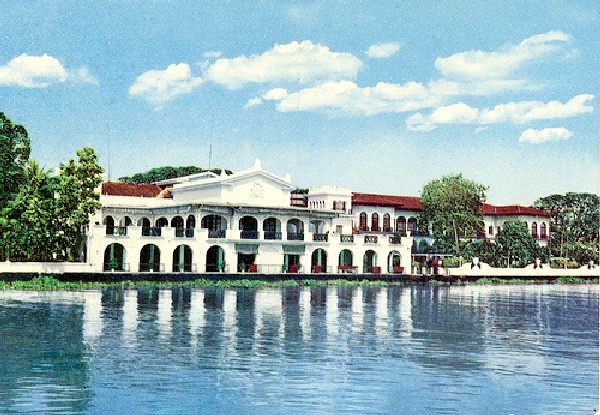(Eagle News)–The Department of Information and Communications Technology reiterated the need for a government-owned national fiber network even as it noted improvements in the country’s Internet speed.
According to ICT department chief Gregorio Honasan II, the government “should not leave the fate of our national ICT infrastructure to the private sector only,” adding that the National Broadband Program would address the lack of ICT infrastructure resulting in some areas with weak to no connection signals.
“It is high time for a government-owned network that’s built even in remote communities, not based on their market viability, but with a mission to provide equal opportunity for all,” Honasan said.
Honasan made the call even as the department noted survey results that said average Internet speeds in the country have improved.
According to the department, based on the recent Ookla Global Index, the Philippines saw a 216.94 percent increase in fixed broadband speed and a 127.82 percent increase in mobile internet speed from July 2016 to July 2020.
The department said according to the data, the country now registers an average of 25.07Mbps and 16.95Mbps for fixed broadband and mobile internet, respectively.
Based on online tech reviews, the department added the average Internet speed suggested for video conferencing was around 1 to 4 Mbps, while those for standard definition and high-definition video streaming were around 3 to 4 Mbps and 5 to 8 Mbps, respectively.
Voice over internet protocol (VoIP) requires only 90 to 156 kbps, the department said.
“Of course we need to aim higher and the country can definitely do better. No excuses; we take responsibility for the current situation that our telecommunications and Internet connectivity are in,” Honasan said.
According to Assistant Secretary Emmanuel Rey Caintic, Phase I of the NBP will be completed in early 2021.
Under Phase 1, using the 2019-2020 budget, the department will activate and connect the cable landing station in Baler, Aurora to the National Grid Corporation of the Philippines node in San Fernando, La Union through the Luzon Bypass Infrastructure.
Four department nodes and 15 NGCP nodes will also be activated.
The department said it was currently in talks with eight provinces for the establishment of provincial broadband networks that will be linked to the fiber optic cables from the Phase 1 implementation.
The proposed budget of around P18 billion was expected to cover the program’s Phase 2.
Under Phase 2, Caintic said that the proposed budget will speed up the lighting up of fiber optic cables of the NGCP and the National Transmission Corporation (TransCo) across the country.
He added the department can simultaneously install active components for fiber optic cables in various provinces and deliver expected results in six to nine months given the requested funding.
Part of the P18 billion will also be spent on microwave radio towers which will be deployed in areas with no fiber optic cables.
“While our mobile internet speed has multiplied in recent years, we can still do more by improving our fiber optic cablesand cell tower infrastructure,” Honasan said.








